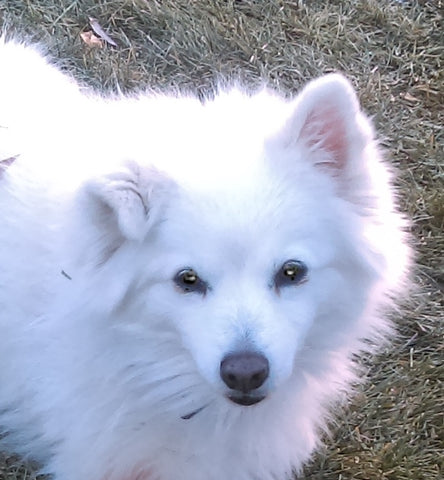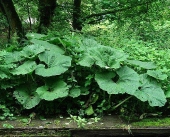Matt Darkstar wrote:What was the time frame for this healing? I would expect a broad shallow wound like that to close in about 4-5 months, without any interference beyond washing. What was the preparation for the poultice?
The specifics are in the blog article. You are quite right that the body will heal on its own. The herbs aren't doing anything magical. The body itself is the real miracle.
The function of the herbs in these cases is twofold; to prevent infection and to accelerate the healing process a bit. I've treated hundreds of wounds like this (mostly in dogs in my veterinary practice). I find that healing time is generally decreased by about 20% and that no meds are required to manage the infection. The herb preparations are also vastly less expensive than the modern products and dressings typically used in such cases. Also, the plants are readily available and will continue to be even if modern technologies or commercial transport someday fail us.
One particularly remarkable case was
a dog named Max. In his case the infection had progressed to a serious case of osteomyelitis and sepsis before I ever saw him. The herbs reversed the infection when IV antibiotics failed to do so. After that, they kept things clean and sped up the healing a bit.
For the healing acceleration in these cases, comfrey is the big player. It contains a chemical called allantoin that accelerates cell division rates. It also contains a lot of mucilage which is topically soothing and moistening.
Other important herbs are:
- Calendula: Antibacterial and anti-inflammatory
- Plantain: Draws toxins from the wound topically and helps the body to do so internally when taken orally
- Flax seed: mechanically draws fluid from the wound and is soothing topically
- Marshmallow: topically soothing and helps reverse early stages of gangrene when used topically and internally.
- Echinacea: Stimulates immunity and also stimulates production of hyaluronic acid which is the "cement" that binds cells to each other. Echinacea is fabulous for rattlesnake bites as it also contains an enzyme that inghibits the hyaluronidase in the vnom that dissolves tissue. But that's
another story.
Doc












023p3.jpg)
